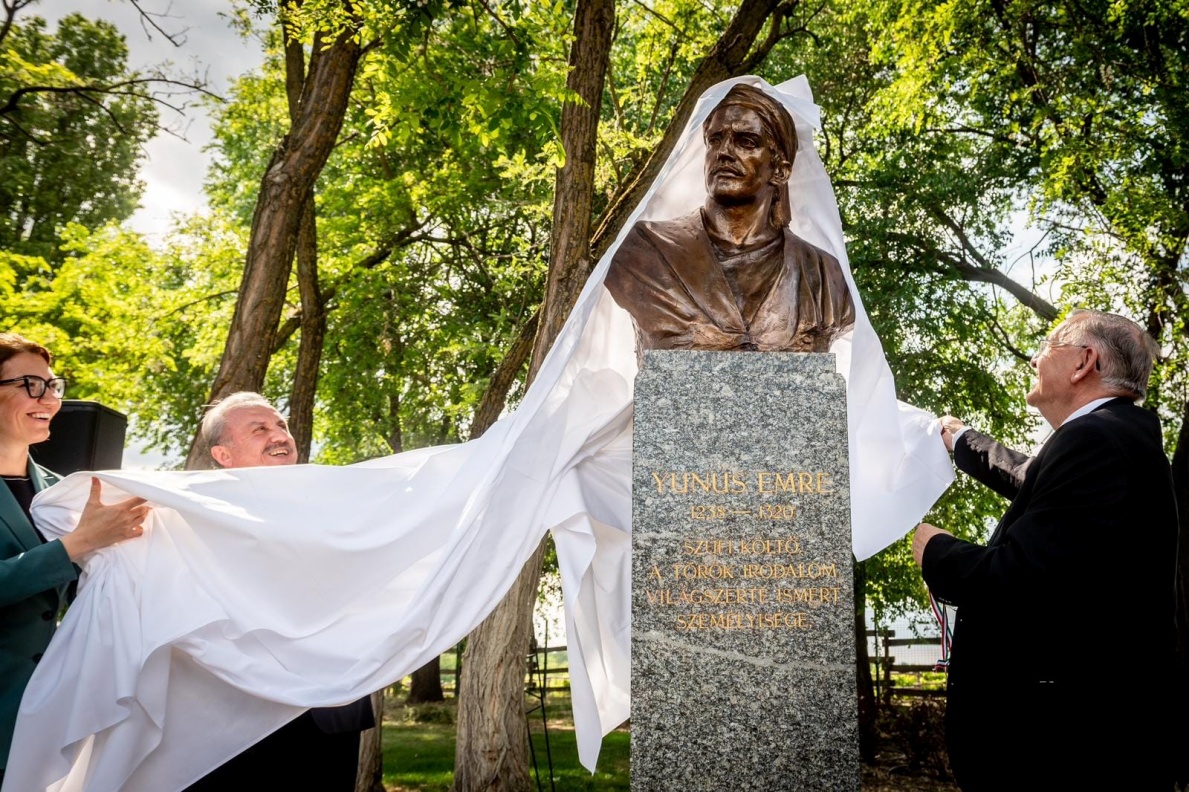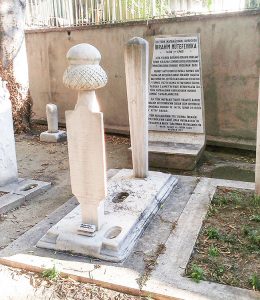
"Hungary and Turkey's enduring friendship and strategic alliance."Continue reading

To celebrate the Hungarian-Turkish Cultural Year, the National Széchényi Library (OSZK) and the Presidential National Library in Ankara held a symposium on the life and work of Ibrahim Müteferrika (1674-1745), an 18th-century Transylvanian diplomat and pioneering printer.
This event marks the 100th anniversary of diplomatic relations between Hungary and Turkey, emphasizing Müteferrika’s role in connecting the two cultures.
The symposium, titled “Who Connects Us: Ibrahim Müteferrika,” is part of a series of events honoring the Hungarian-Turkish Cultural Year. Müteferrika, a Hungarian-born writer of Ottoman-Turkish origin, established the first Turkish printing press, producing Turkish archival publications and hungaricums.
His interdisciplinary legacy spans history, geography, language, literature, diplomacy, and printing.

Müteferrika’s grave. Photo: turkmagyarizi.com
Bernadett Varga, Head of the Early Printed Books Repository at the OSZK, highlighted the special place of Turkish printing in Hungarian-Turkish cultural relations. She noted the positive aspect of printing being introduced to the Ottoman Empire by a Transylvanian-origin individual, marking a significant chapter in their shared history.
The OSZK preserves fifteen rare publications from Müteferrika’s printing house, first added by Ferenc Széchényi (1754-1820), the founder of the National Library. Over two centuries, this collection has expanded. Müteferrika, an enigmatic diplomat and printmaker, produced seventeen publications between 1729 and 1742.
His works, reflecting his scientific interests, covered geography, history, linguistics, travelogues, political philosophy, and magnetism, deliberately excluding religious texts.
Müteferrika’s tombstone scripture. Photo: turkmagyarizi.com
The symposium and broader events of the Hungarian-Turkish Cultural Year highlight Müteferrika’s enduring legacy and the historical and cultural ties between Hungary and Turkey. The focus on interdisciplinary analysis underscores the significance of understanding historical figures and their influence on international relations and cultural exchange.
Via MTI; Featured Image: muteferrika.mtak.hu